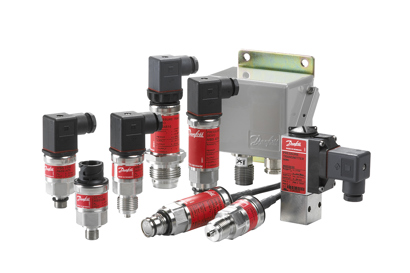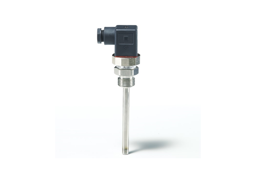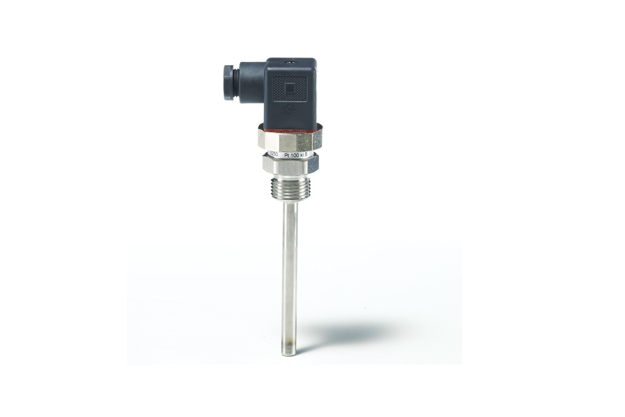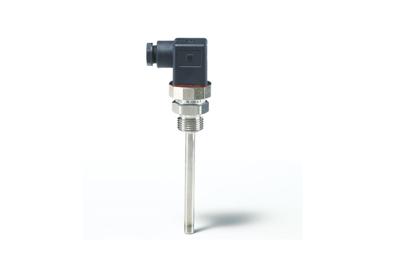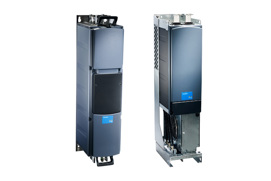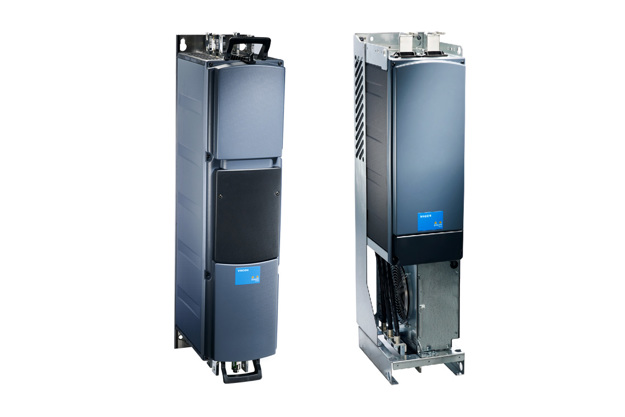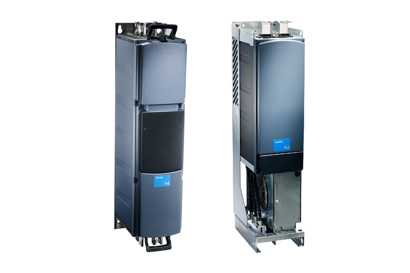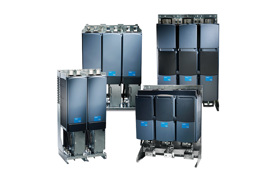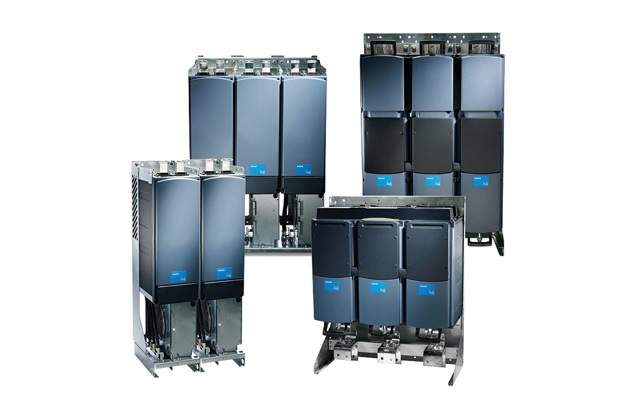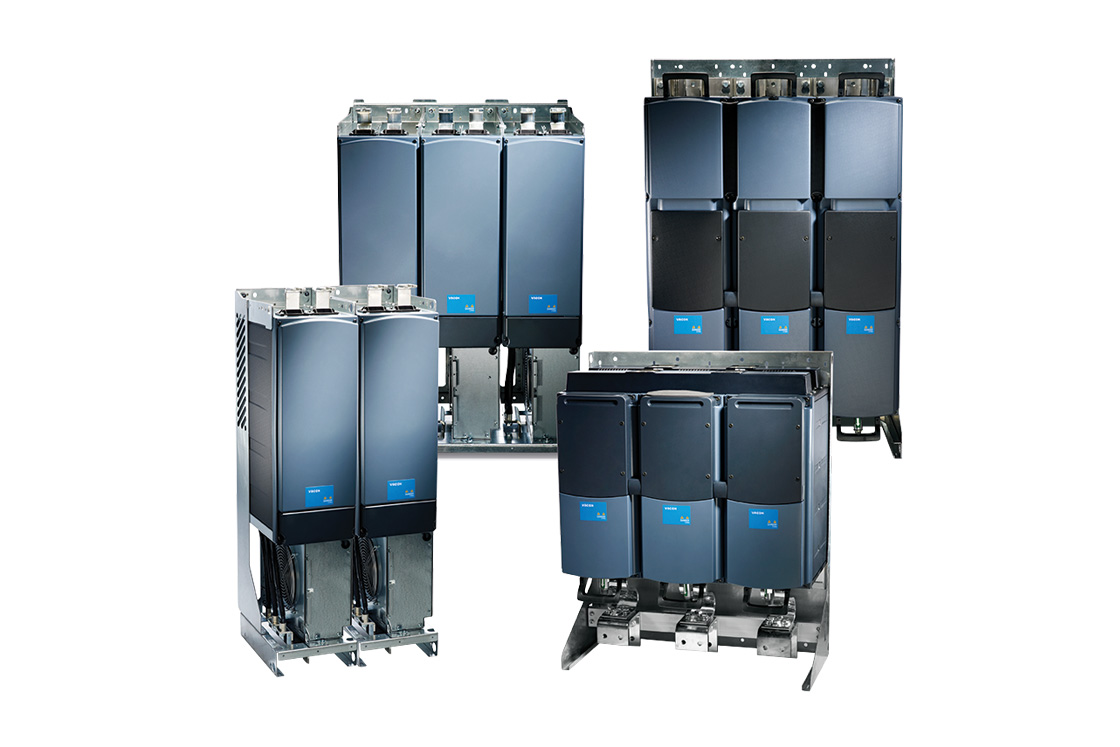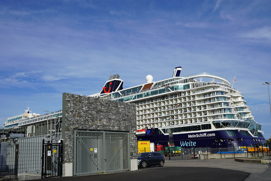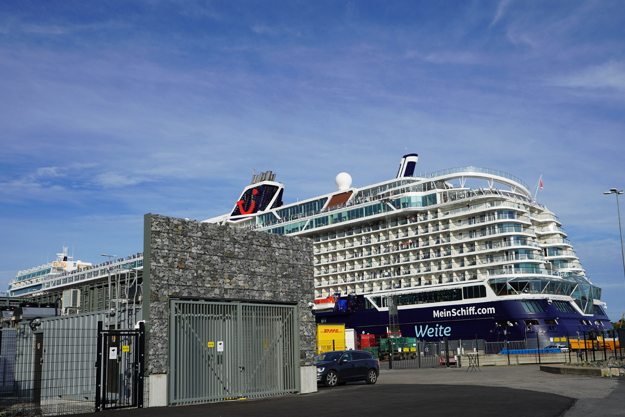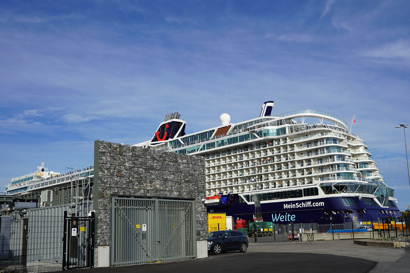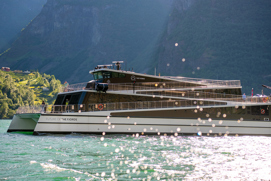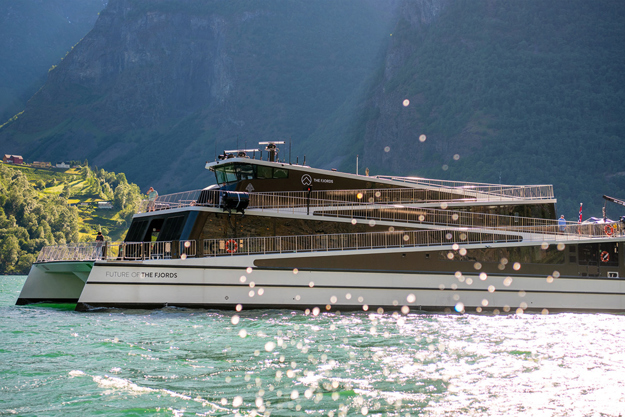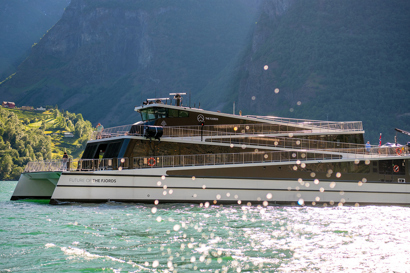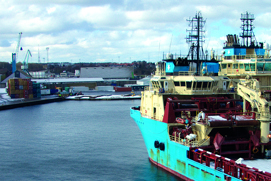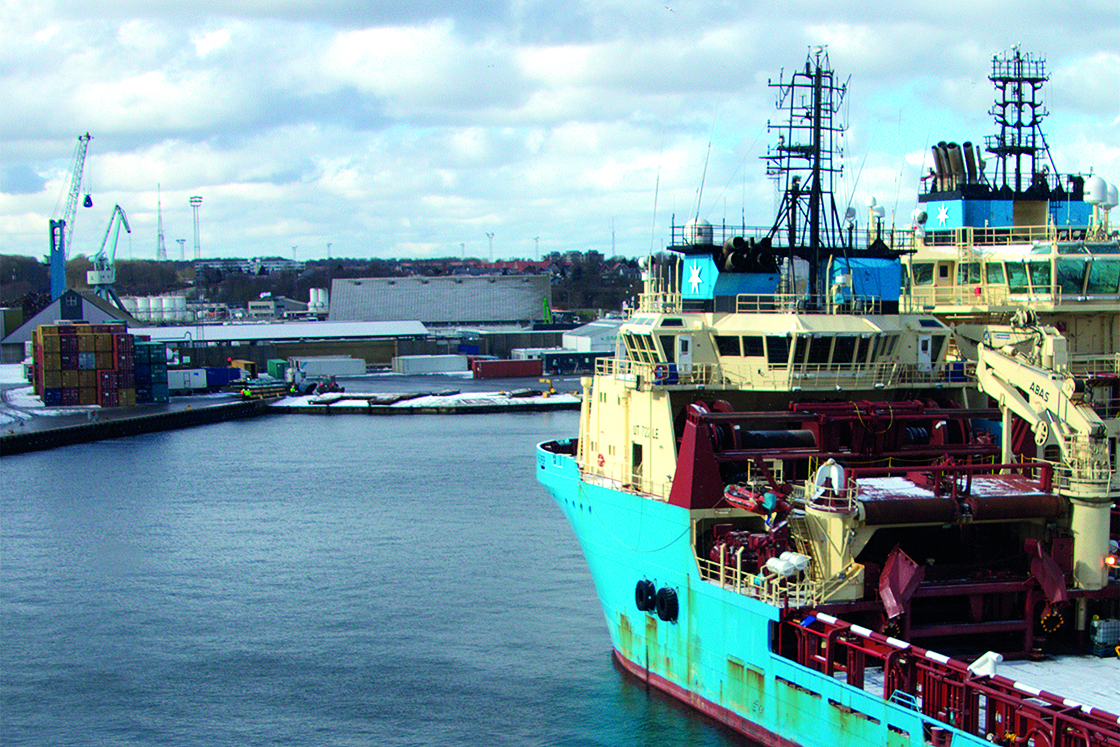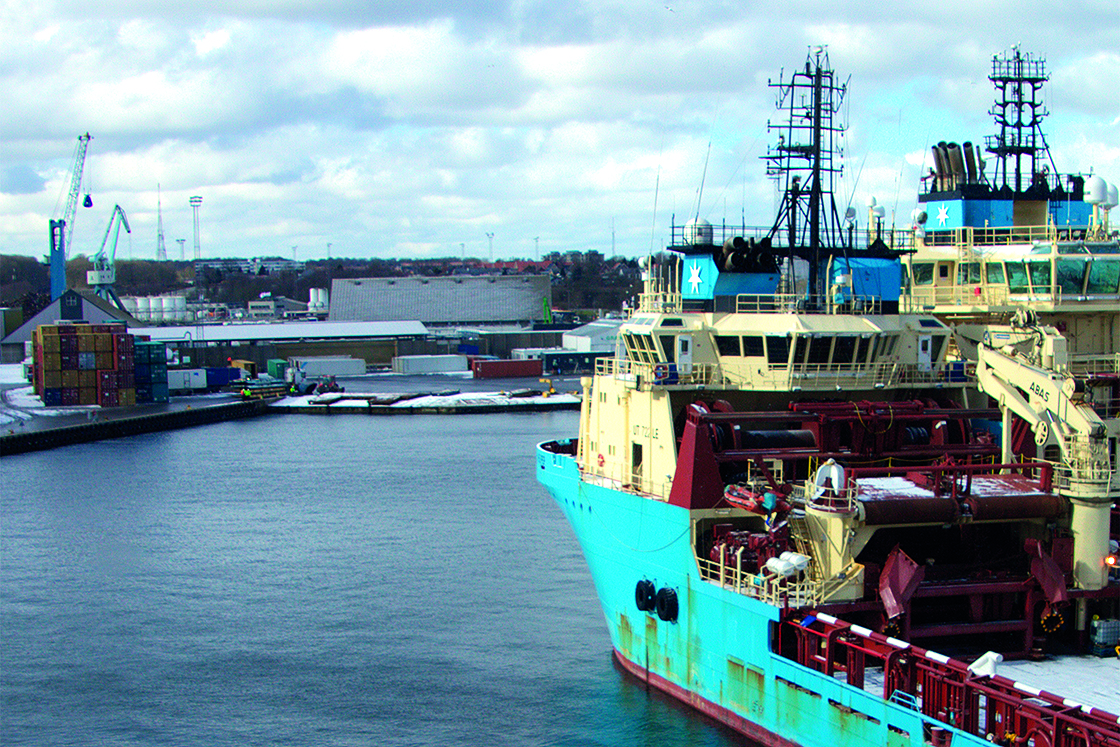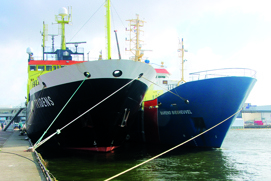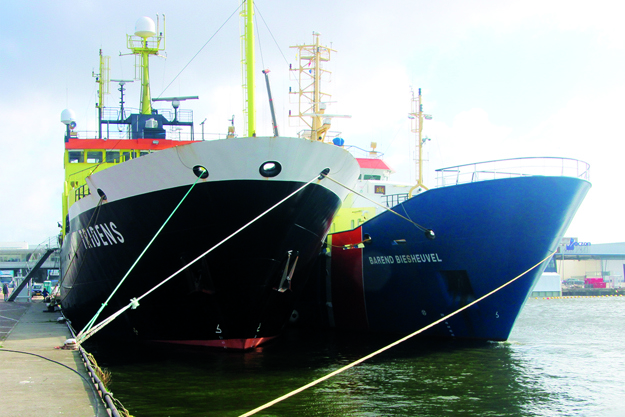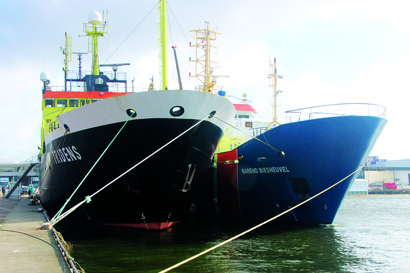NORWAY: Future of the Fjords represents a new standard of environmentally responsible passenger transport, as the first fully electric carbon fiber vessel in the world. The development of this electric catamaran minimizes environmental impacts in the Norwegian fjords, while maximizing the experience of natural beauty for the passengers – an essential approach for its route between Flåm and Gudvangen in the pristine Nærøyfjord, part of the UNESCO World Heritage park.

Norwegian fjords enter a zero-emission future
In 2018 the Norwegian parliament passed a resolution to make its iconic fjords a zero-emissions zone as soon as possible and by 2026 at the latest. This defines the deadline for vessel operators in the fjords to eliminate pollution emitted by their ships – a deadline which Future of the Fjords has met with eight years to spare.
Optimizing energy efficiency is a key strategy in ensuring the viability of the vessel and reducing its environmental impact. Therefore, Future of the Fjords uses high tech solutions in a range of disciplines to achieve lowest possible energy consumption. Light carbon sandwich laminates for the hull and superstructures ensure approximately half the weight by comparison with conventional materials.
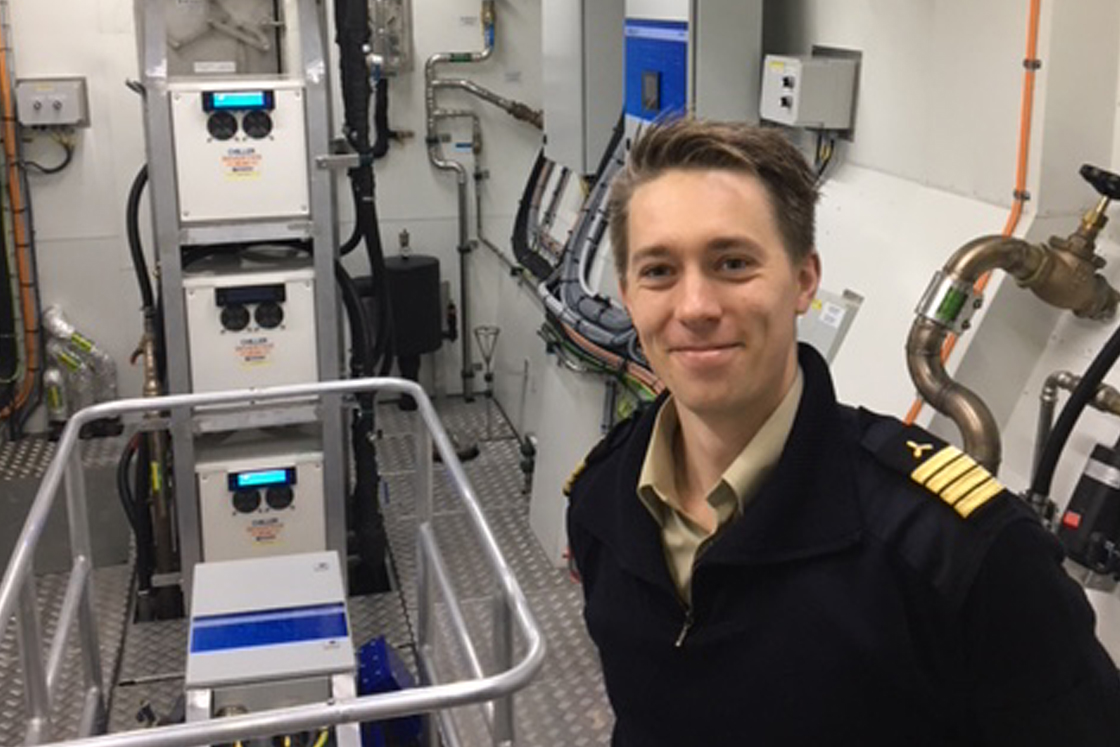
“Quality suppliers such as Danfoss, Westcon and others give us good working conditions and a nearly maintenance-free ship to operate in this area”
- Lars Haugnes, Chief Engineer, Future of the Fjords
Pure performance
The battery-powered propulsion system eliminates NOx and CO2 emissions, and reduces noise and vibrations. The heart of the vessel is the battery pack which drives the two electric motors. When charged, the vessel can run for more than two hours at a speed of 11 knots. No aspect of performance optimization is left to chance. Danfoss solutions are integrated into systems throughout the vessel, working constantly behind the scenes to control, regulate and optimize performance. They ensure reliable operation to reduce maintenance to an absolute minimum.
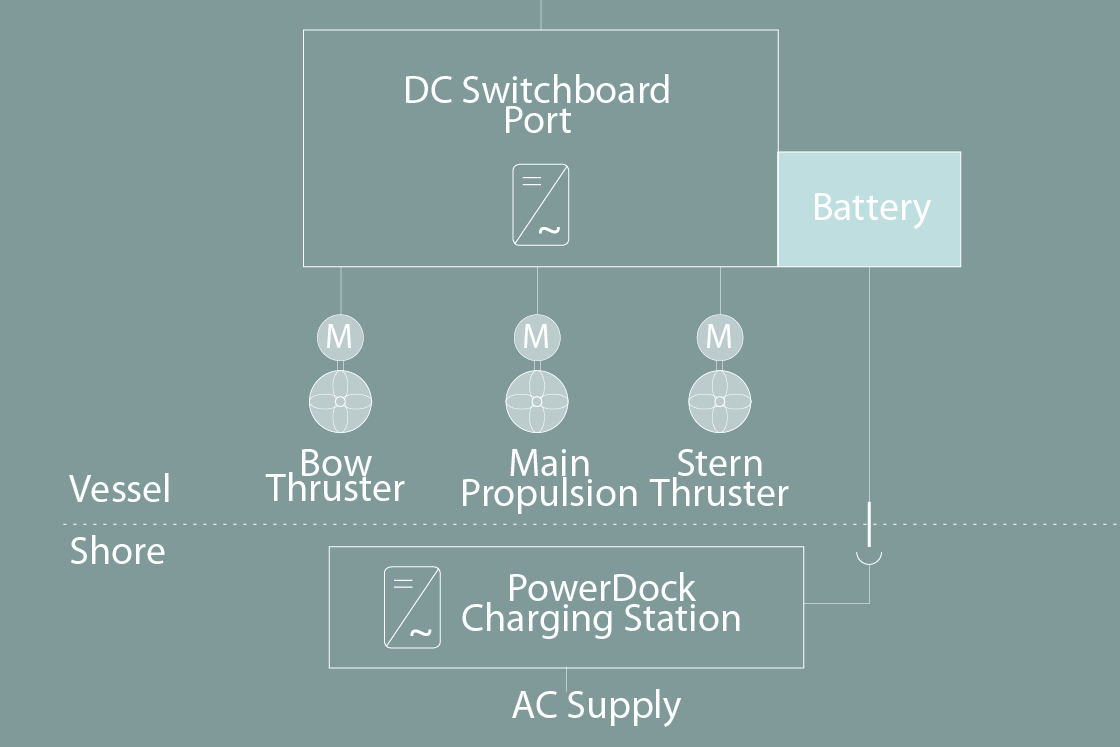
Lightweight power conversion delivers full thrust
The power system designed by systems integrator Westcon is 2 tons lighter in weight than the next best alternative, which lowers the propulsion power required. This huge benefit for efficiency was only possible due to the freedom of design Danfoss VACON® drives offer, explains Frode Skaar, Business Development Manager at Westcon:
“Thanks to the versatility of Danfoss AC drives which are fully compatible with many alternative technologies, we were able to design both the power system and the shore supply in a very agile manner. Compared to our closest competitor, we could find other types of equipment doing the same job which was 2 tons lighter, required fewer components, and ensured lower power losses, resulting in a better system”
The VACON® drives also enabled Westcon to overcome challenges in heat management of the power conversion systems, resulting from versatile components and a problem-solving process where shipbuilder and owner worked positively and flexibly together throughout.
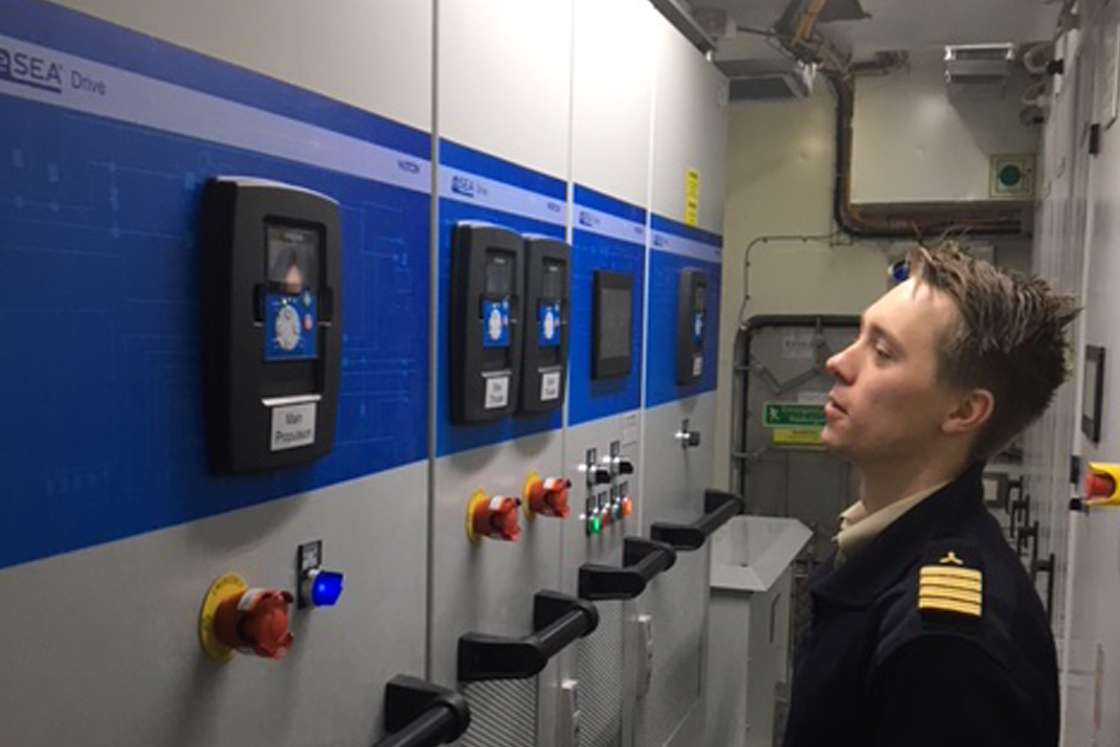
Fossil-free propulsion
The main propulsion, bow thrusters and stern thrusters are equipped with VACON® drives to control speed and optimize power consumption and maneuverability. These drives also ensure safe and high efficiency power conversion from the battery pack.
World’s first floating power dock
The local mains grid does not have sufficient capacity to charge Future of The Fjords directly. Instead, the vessel recharges its battery at the PowerDock, a floating fiberglass dock with 2.4 MWh charging capacity: 1.2 MWh sourced from a battery pack and 1.2 MWh from the grid. Power Dock charges steadily throughout the day, powered by the local mains grid. Recharging the vessel takes just 20 minutes, during which the dock delivers about 800 kWh of power.
PowerDock also takes care of grey and black water from Future of the Fjords, ensuring no pollution by sewage discharge into the fjords.
Learn about the drives, sensors and switches onboard
-
if (isSmallPicture) {


 Pressure transmitters and sensors for marine applications
Pressure transmitters and sensors for marine applicationsMarine approved dedicated pressure transmitters and sensors for marine applications. A wide range of connections and pressure ranges to meet marine requirements.
-
if (isSmallPicture) {


 Pressure switches for marine applications
Pressure switches for marine applicationsSwitches to control pressure in marine applications where robustness and space are important factors. Marine approved box and block switches.
-
if (isSmallPicture) {


 Heavy-duty temperature sensors, MBT 3250, 3252, 5250 & MBT 5252
Heavy-duty temperature sensors, MBT 3250, 3252, 5250 & MBT 5252Heavy-duty temperature sensors for controlling cooling water, lubrication oil, hydraulic oil and refrigeration plants within general industry and marine applications. These temperature sensors are based on a standardized Pt 100 or Pt 1000 element, which gives a reliable and accurate measurement.
-
if (isSmallPicture) {


 VACON® NXP DC/DC Converter
VACON® NXP DC/DC ConverterMaximizes the energy yield in hybrid solutions and helps improve performance by bringing energy support close to the consumption.
-
if (isSmallPicture) {


 VACON® NXP Grid Converter
VACON® NXP Grid ConverterAir- and liquid-cooled drives specifically designed for smart grid, energy storage, green hydrogen, power conversion and marine energy management applications.
Power conversion case studies
-
if (isSmallPicture) {


 PSW and Danfoss: Flexible onshore power for berthed cruise ships
PSW and Danfoss: Flexible onshore power for berthed cruise shipsNORWAY & SWEDEN: PSW (Power and Automation AS) paired up with Danfoss to create compact OPS solutions in three Nordic harbors: Stockholm, Ålesund and Haugesund/Karmsund.
-
if (isSmallPicture) {


 Future of the Fjords meets 2026 emission targets, today
Future of the Fjords meets 2026 emission targets, todayThis world-first fully-electric carbon fiber vessel safeguards the pristine Norwegian fjord environment, ensuring zero emissions.
-
Engineers world’s 1st solar-powered Airport for utmost passenger comfort
At Danfoss, we are engineering a better tomorrow through technologies that enable today’s airports to become energy efficient whilst delivering uber comfort to the passengers. At the Cochin International Airport, our Variable Frequency Drives (VFD) across chillers, cooling towers, pumps and Air Handling Units (AHU) have helped optimize the energy consumption and the Pressure Independent Balancing and Control Valves (PIBCV) have helped moderate the flow of chilled water basis the number of people in the airport. Together, the VFD and the PIBCV have helped the Cochin International Airport save energy by almost 30%.
-
if (isSmallPicture) {


 Engineering Tomorrow’s Movie Experiences
Engineering Tomorrow’s Movie ExperiencesDriven by a promise to engineer a better tomorrow, Danfoss Variable Frequency Drives (VFDs) were the perfect answer to PVR’s challenges. Danfoss’ plug-and-play and energy efficient FC-102 VFDs proved to be the best solution for HVAC systems across PVR’s multiplexes in India, and have delivered unprecedented results for the service provider.
-
if (isSmallPicture) {


 Scheveningen harbor environmentally upgrades with clean shore power
Scheveningen harbor environmentally upgrades with clean shore powerOn average, 1,000 liters marine diesel are saved every day thanks to the new shore power supply in Scheveningen harbor, resulting in dramatic reductions in air pollution.
-
if (isSmallPicture) {


 Shore power supply is a cost-effective solution for Maersk Supply Service’s parked vessels
Shore power supply is a cost-effective solution for Maersk Supply Service’s parked vesselsThanks to shore power supply during parking, Maersk Supply Service can keep diesel exhaust pollution, noise nuisance and maintenance costs to a minimum.




